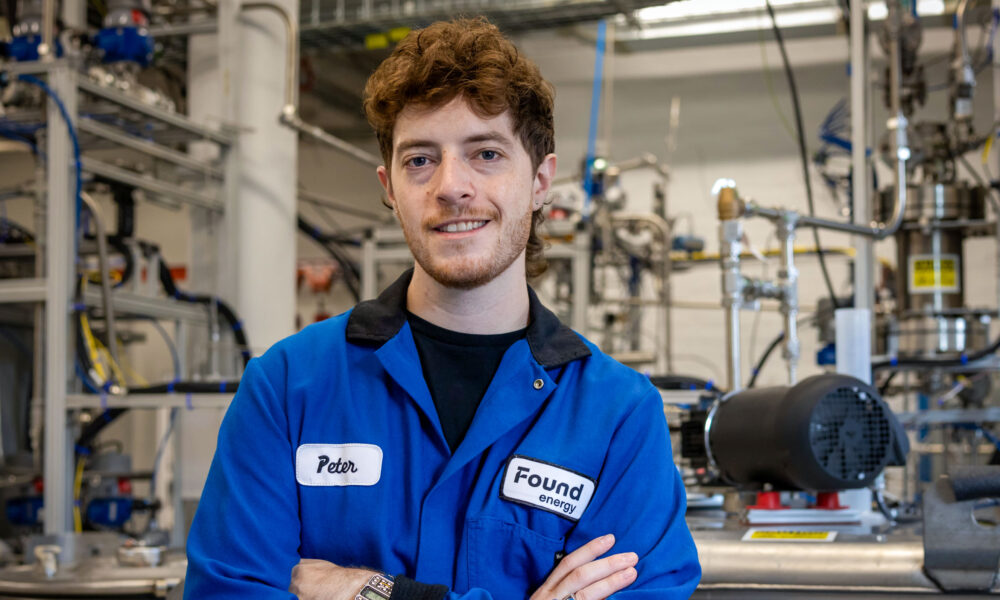West Virginia University (WVU) researchers are developing innovative artificial intelligence (AI) models aimed at enhancing the diagnosis and prediction of heart disease among rural patients. This initiative addresses a significant gap in healthcare, as most existing AI models predominantly reflect data from urban populations, which can lead to biases in diagnosis and treatment.
Targeting Rural Health Disparities
Prashnna Gyawali, an assistant professor at the Lane Department of Computer Science and Electrical Engineering within WVU’s Benjamin M. Statler College of Engineering and Mineral Resources, emphasized the importance of creating models that accurately represent the unique characteristics of rural patients. Current AI systems often rely on data from more affluent urban areas, which can differ biologically from rural populations. This discrepancy hampers the effectiveness of AI in rural health care settings.
Gyawali and his team have initiated a project to train a new AI model using exclusively rural patient data sourced from various regions in West Virginia. “You have to ensure your algorithms have seen the populations where you want them applied,” he stated. The researchers aim to create models that can efficiently diagnose heart disease and other conditions prevalent in their communities, thereby improving healthcare accessibility.
Enhancing Early Detection and Reducing Workloads
The team has collected anonymous patient datasets across West Virginia to evaluate the performance of different AI models in diagnosing heart disease. Gyawali noted that effective AI tools could alleviate some of the burdens faced by healthcare professionals who are often overextended. “Health care problems are growing and we have manpower shortages,” he explained.
In many cases, rural residents must travel significant distances—often hours—to receive basic diagnostic services. Gyawali envisions the establishment of more localized clinics equipped with affordable scanning devices integrated with AI systems capable of flagging patients at risk for heart disease. “If we have more clinics with inexpensive scanning devices with an AI system attached, we can have an early detection system flagging certain patients,” he remarked.
While the team remains optimistic about their findings so far, Gyawali stressed the models have yet to be tested on real-world patients. Continuous refinement of the AI model is essential to ensure its safety and reliability before clinical application. “Whenever we talk about safety-critical applications like health care, we need to make sure they’re reliable,” he said.
The research team aims to establish a robust framework for the AI model, ensuring that it can effectively identify patients requiring immediate care. Gyawali underscored the significance of thorough validation processes, stating, “We don’t want to give medications to patients who are wrongly diagnosed.”
As the project progresses, Gyawali and his colleagues are committed to enhancing the model’s reliability before it undergoes clinical trials. Although no specific timeline has been established, the researchers are focused on optimizing the model’s performance and exploring its applicability in other states beyond West Virginia.
“We’re adding more layers to ensure the model is reliable,” Gyawali said. He highlighted ongoing efforts to validate algorithms and identify clinics that can provide independent datasets for further testing. Ultimately, he recognizes the need for policy-level interventions to facilitate the integration of such AI tools in clinical settings.
This endeavor represents a significant step toward improving healthcare outcomes for rural populations in West Virginia and potentially beyond, ensuring that advancements in AI can be equitably applied across diverse patient demographics.






